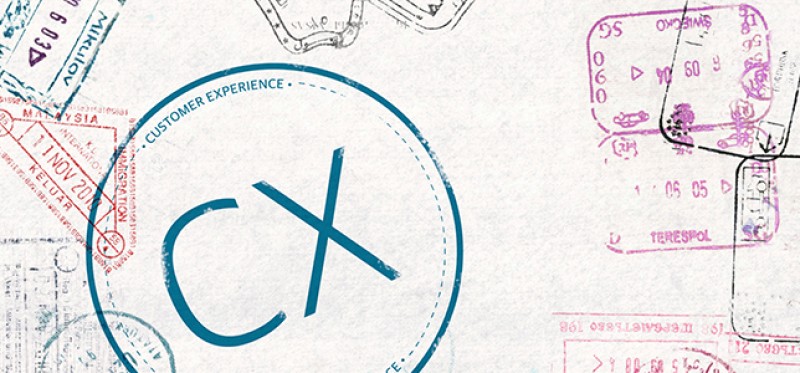Thanks to the explosion of digital touchpoints available to them, the customer’s experience has become incredibly crosschannel in their interactions with companies. According to PwC’s Annual Global Total Retail Consumer Survey, 36 percent of all consumers shop at least once a week in a store, 20 percent shop online using a desktop, 11 percent use smartphones, and 10 percent shop with tablets.
Meanwhile, behavioral analysis reveals that customers are non-linear in their paths to purchase and support. For instance, an automotive customer may start her research into buying a new car by visiting dealer and automotive review websites using a PC, then view feedback shared in customer forums on a tablet, and visit a few showrooms to check out different vehicles before going back online for further comparisons.
Because customers take an indirect path to purchase, it’s crucial for marketing, sales, and customer care leaders to gain a thorough understanding of the customer journey in order to develop frictionless experiences. This begins with understanding the customer’s journey and touchpoints from the customer’s point of view.
A window into the customer experience
A good starting point for understanding the customer journey is to break down the journey into key stages. A customer journey contains three components:
- Individual transactions
- Connections between the individual transactions (think of these as the journey’s “legs”)
- The mode of transport (i.e., mobile, chat, etc.)
Creating a customer experience strategy through the development of customer personas and customer journey maps can be effective ways to gain deeper understanding about the relationship among each of these components, along with the behaviors customers exhibit in their journeys. Personas group key customers based on behaviors, needs, and value, and customer journey maps track the behaviors of different customer types across various channels. Well-designed journey maps are dynamic and should be updated to reflect changing customer behaviors, as well as any obstacles to the customer experience that emerge across any of the three components of the customer journey.
A customer journey map tells the story of the customer’s experience from initial contact, through the process of engagement, and into a long-term relationship. It shows how channels like mobile and the Web have changed customer behavior. Taken further, it demonstrates the need for the entire organization to adapt, putting the user front and center in the organization’s thinking.
Grab your passport for the journey
The customer journey encompasses individual transactions, the connections between these transactions, and the mode of transport/channels used. A customer journey technology platform gives companies a “passport” for viewing all of the interactions that occur in the customer journey, along with insights into different stages of the journey that may require further refinement.
For instance, a cable TV customer reaches out to the company’s contact center for help with a cable box that isn’t operating properly. After troubleshooting the problem remotely, the associate working with the customer recommends that she pick up a new cable box at a local office at no charge. However, when the customer arrives at the office, the service representative there has no information regarding the customer’s previous contact center interaction or background on the nature of the customer’s equipment problem. This forces the customer to repeat herself and creates anxiety that she won’t be able to replace the cable box.
This is where the use of a “passport” platform can assist customer experience leaders to identify and respond to any snags in the customer experience that could be impacting a wider customer audience. Capturing the complete history of a customer’s experiences with a company – including real-time and historical interactions – allows customer care, marketing, sales, and other employees to see the path that each customer takes. These insights can further enable decision-makers to identify areas where the customer experience can be improved or to reinforce steps that work well.
Like a passport, the use of a customer journey technology solution can provide an entryway into the customer journey and deliver a next-generation customer experience for the digital age.
Demonstrating to customers that their experiences matter to your company, and that your company knows them almost better than they know themselves, is a powerful way to increase customer satisfaction and strengthen loyalty.
Also, check out the most recent issue of our eNewsletter.

















